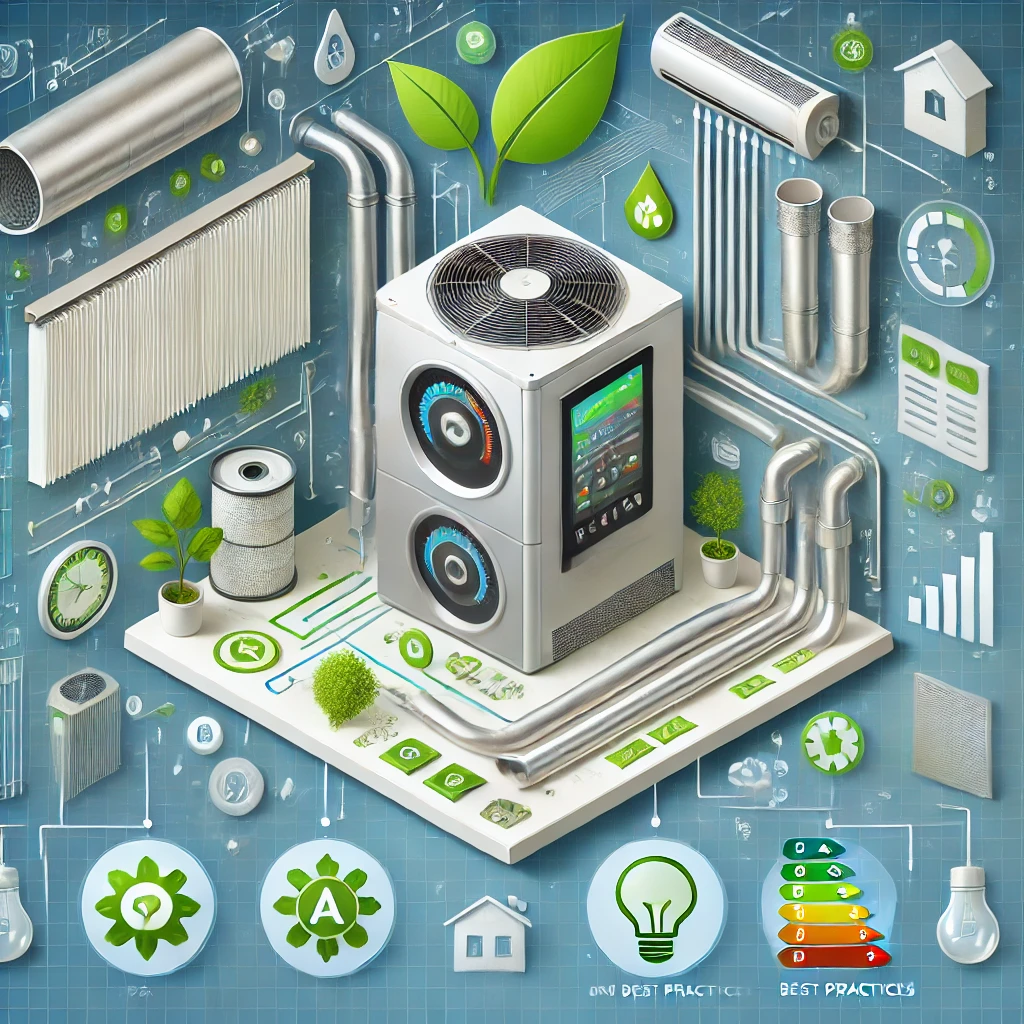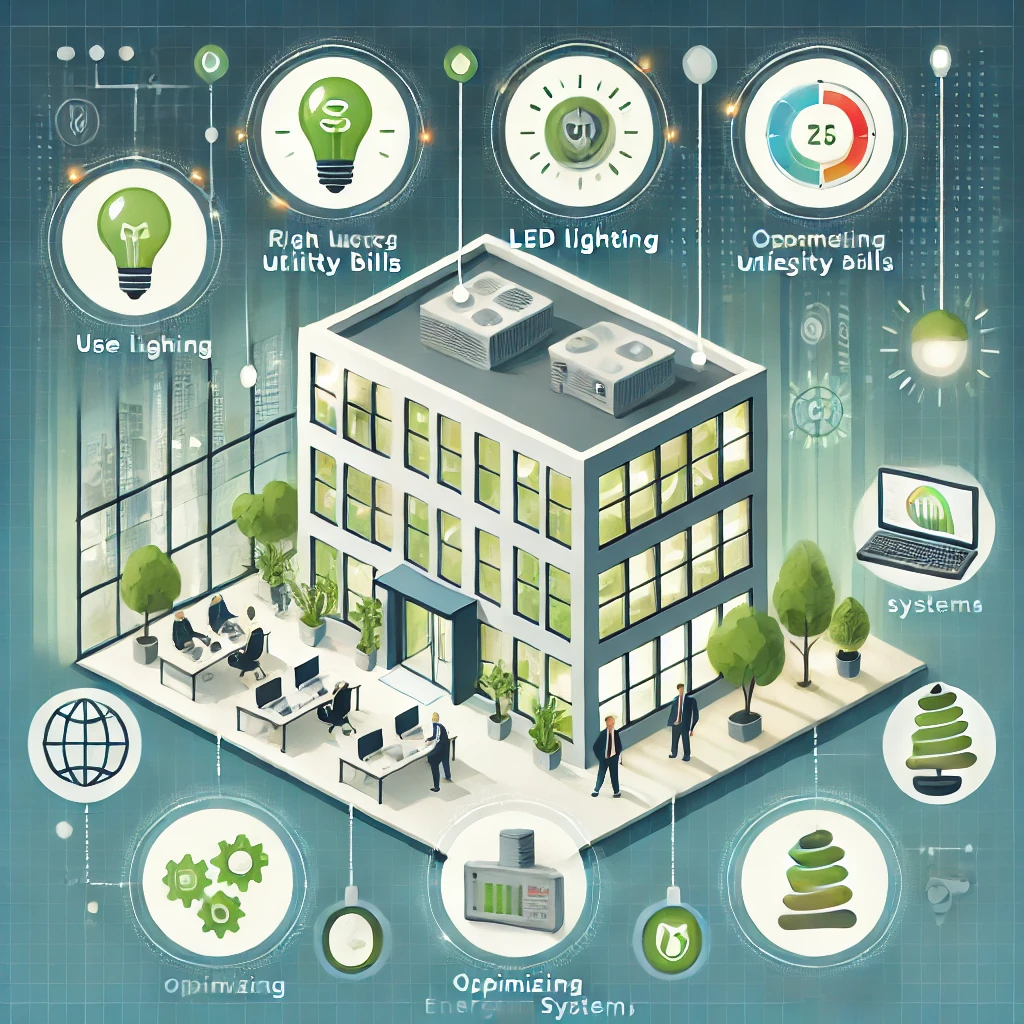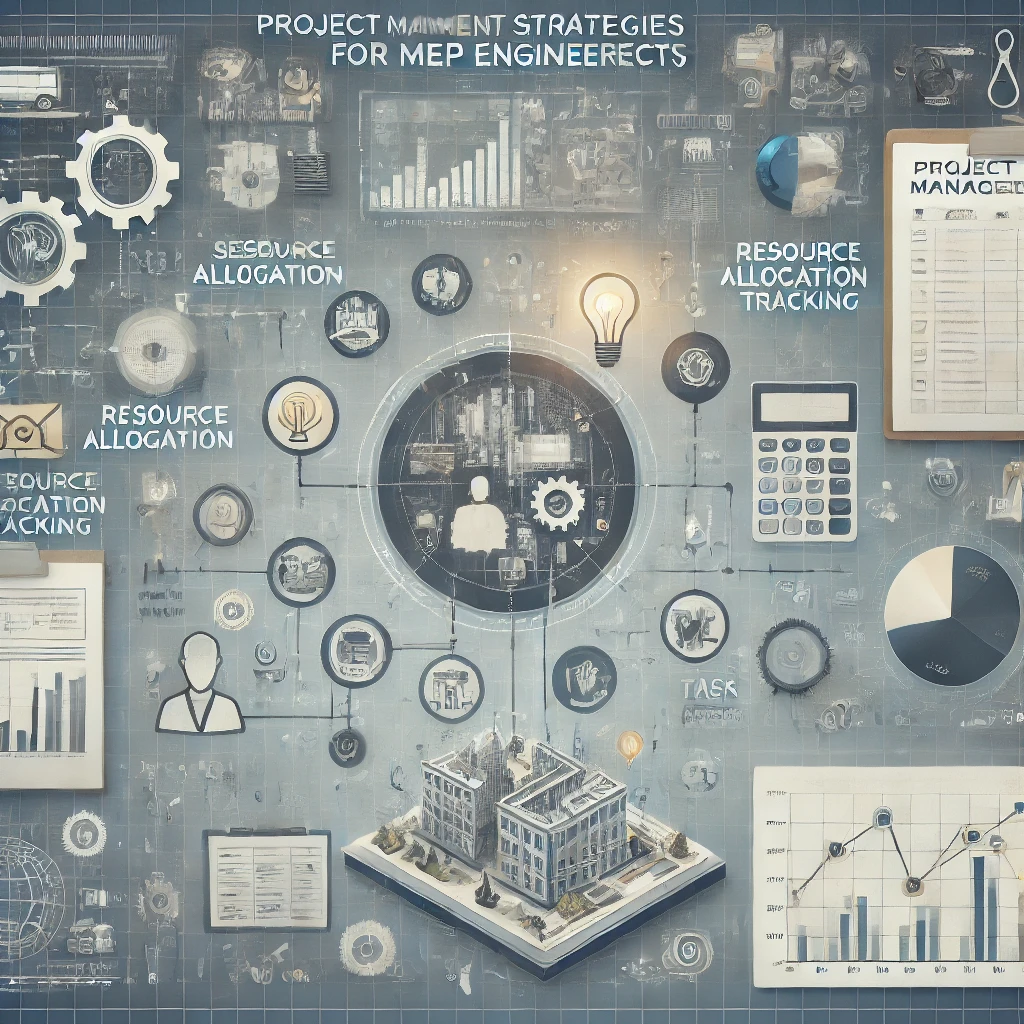The Impact of MEP Engineering on Building Lifespan and Maintenance
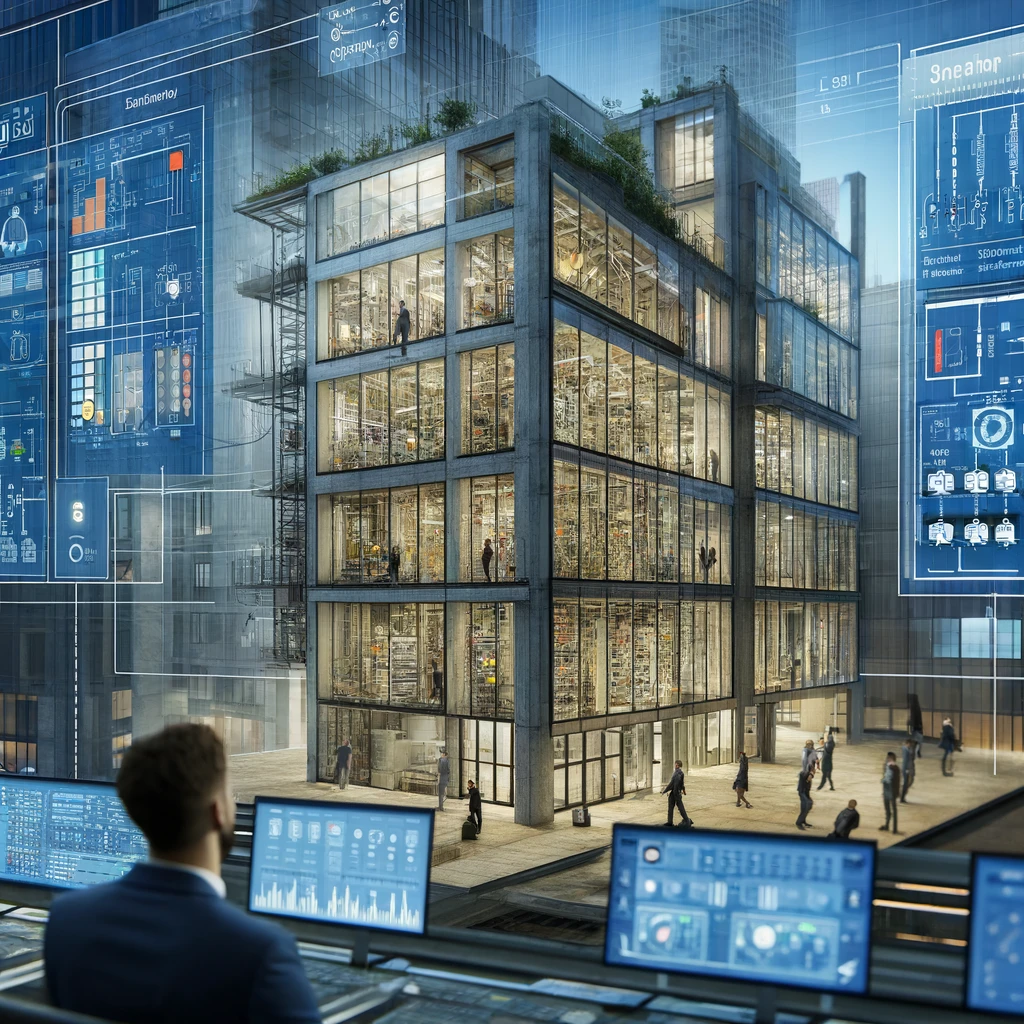
Mechanical, Electrical, and Plumbing (MEP) engineering plays a critical role in determining the lifespan, efficiency, and maintenance requirements of any building. A well-designed MEP system ensures that a building operates smoothly, efficiently, and with minimal need for costly repairs over time. This article explores the significant impact MEP engineering has on building lifespan and maintenance.
Optimizing Building Performance and Efficiency
MEP engineering is key to optimizing the performance of a building’s infrastructure. The design and installation of efficient HVAC systems, electrical wiring, and plumbing directly influence the building’s energy usage, water consumption, and overall operational costs:
- Energy Efficiency: High-performance HVAC systems, energy-efficient lighting, and smart building automation reduce energy consumption, which can extend the lifespan of both the building and its systems.
- Water Conservation: Well-designed plumbing systems reduce water waste, prevent leaks, and lower water usage, extending the life of plumbing components and decreasing the likelihood of future repairs.
Incorporating energy-efficient solutions and sustainable MEP systems can increase building longevity by ensuring systems work optimally without overexertion, reducing wear and tear on critical infrastructure.
Reducing Maintenance Requirements
One of the most significant impacts of quality MEP engineering is the reduction in long-term maintenance costs. Efficient systems that are properly designed and installed require less frequent maintenance, minimizing disruptions to building operations.
Best Practices for Low-Maintenance MEP Systems:
- Design for Accessibility: MEP systems that are designed with easy access for routine maintenance or repairs reduce the time and cost of maintenance tasks. For example, placing HVAC systems in accessible locations and designing clear routes for wiring and plumbing improves serviceability.
- Use of Durable Materials: Selecting high-quality, durable materials for MEP installations increases the lifespan of components, reducing the need for replacements and costly repairs.
- Preventive Maintenance Integration: Advanced MEP systems can include sensors and monitoring devices that detect issues early, allowing for preventive maintenance before serious problems occur. This approach reduces emergency repairs and extends the life of building systems.
Impact of HVAC Systems on Lifespan and Maintenance
The heating, ventilation, and air conditioning (HVAC) system is one of the most significant components of MEP engineering. Poorly designed HVAC systems can lead to inefficient operation, increased energy consumption, and excessive wear on system components, reducing the overall lifespan of the building.
Long-Term Benefits of Efficient HVAC Design:
- Temperature Control: A well-designed HVAC system maintains consistent indoor temperatures, preventing issues like overheating or overcooling that can affect the building’s structure.
- Air Quality: Proper ventilation ensures that indoor air quality is maintained, reducing the buildup of moisture, mold, or pollutants that can degrade both building materials and occupant health.
- Energy Efficiency: Efficient HVAC systems consume less energy, reducing operational costs and extending the life of the mechanical components by reducing strain on the system.
Incorporating smart thermostats and zoning systems can further reduce maintenance by allowing precise control over different areas of the building, preventing unnecessary wear on HVAC components.
Electrical Systems and Building Durability
Electrical systems are critical to the safe and reliable operation of a building. Poorly designed or outdated electrical infrastructure can lead to increased maintenance needs, frequent breakdowns, and even fire hazards, all of which can negatively affect a building’s lifespan.
Strategies to Enhance Electrical System Longevity:
- Load Balancing: Proper electrical load balancing prevents overloading circuits and ensures even distribution of power, reducing wear on electrical systems and preventing frequent outages.
- Surge Protection: Integrating surge protection into the electrical design protects sensitive equipment from power fluctuations, reducing the likelihood of system failures and extending the life of the electrical components.
- Regular Upgrades: As technology evolves, regular upgrades to electrical systems, such as integrating energy-efficient lighting and renewable energy sources like solar power, help extend the building’s operational lifespan while reducing maintenance needs.
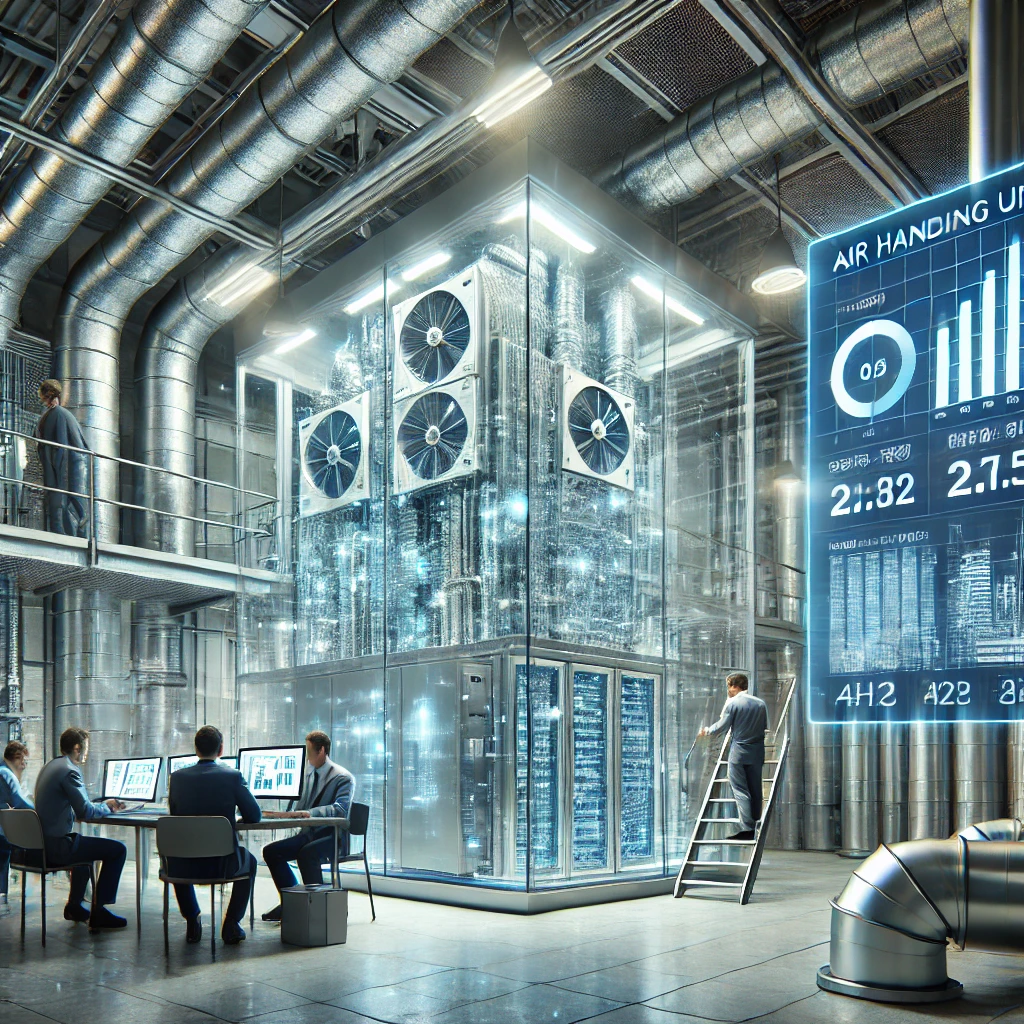
Plumbing Systems and Water Management
Effective plumbing design is essential for the long-term health of a building. Leaks, blockages, or corrosion in pipes can cause significant damage, leading to costly repairs and potentially shortening the lifespan of a building.
Ways Plumbing Impacts Building Longevity:
- Water Pressure Control: Proper regulation of water pressure reduces the risk of leaks and pipe bursts, minimizing damage to the building structure and reducing the frequency of repairs.
- Leak Detection: Modern plumbing systems can integrate leak detection technologies that notify building managers of potential issues before they become major problems. Early detection of leaks prevents water damage, which can significantly impact the integrity of a building.
- Durable Materials: Using corrosion-resistant materials, such as copper or PEX, in plumbing systems reduces the risk of pipe degradation, extending the lifespan of the system and lowering long-term maintenance costs.
Sustainability and Renewable Energy Integration
The integration of renewable energy sources into MEP design has a positive impact on both building lifespan and maintenance. Solar panels, wind turbines, and geothermal systems reduce reliance on traditional energy sources, lowering operational costs and extending the life of mechanical systems.
Sustainability Practices that Enhance Building Longevity:
- Renewable Energy: Using solar panels or other renewable energy sources reduces strain on traditional electrical systems, extending the life of the building’s infrastructure while cutting energy costs.
- Energy-Efficient Systems: Incorporating energy-efficient HVAC, lighting, and water systems not only lowers energy bills but also reduces wear and tear on components, extending their lifespan.
- Smart Building Technologies: The use of smart building management systems that monitor energy use, temperature, and air quality helps maintain optimal conditions within the building, reducing the need for frequent repairs or system replacements.
MEP Engineering and Lifecycle Cost Analysis
MEP engineering significantly affects the lifecycle costs of a building. Designing systems with a focus on durability, energy efficiency, and low maintenance can lower the overall cost of ownership over the building’s lifespan.
Lifecycle Cost Considerations:
- Upfront Investment vs. Long-Term Savings: While high-quality MEP systems may have a higher upfront cost, they typically result in significant savings through reduced energy consumption and maintenance costs over time.
- Energy Management Systems: These systems provide ongoing monitoring of energy usage and building conditions, allowing for preventive maintenance and system optimizations that extend the building’s useful life.
Conclusion
The role of MEP engineering in building lifespan and maintenance is fundamental. By designing efficient, durable, and sustainable systems, MEP engineers can significantly extend the life of a building while minimizing the need for costly repairs and maintenance. Incorporating modern technologies like smart systems, renewable energy, and preventive maintenance tools can further enhance building performance and longevity. Properly executed MEP design not only ensures operational efficiency but also preserves the value and integrity of the building for decades to come.
Category:

